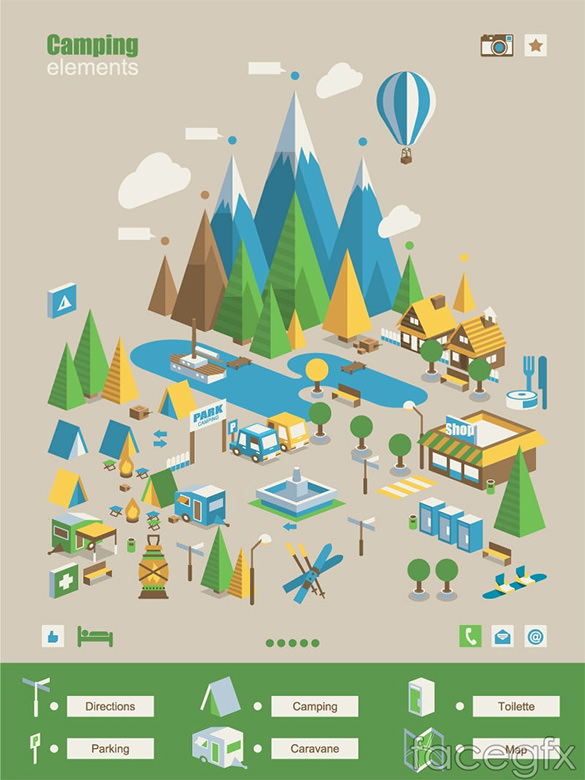Corner angles are essential parts in building and engineering tasks. They use strength, durability, and convenience. They are likewise easy to set up and can withstand numerous environmental variables.
Building contractors use several types of angles to produce solid, steady frameworks. A few of these angles are for aesthetics, while others are utilized to boost ease of access and feature.
Stamina
The toughness of steel angles is essential for making sure that frameworks are safe and can stand up to heavy loads. These elements can be used for a selection of projects, from enhancing beam of lights and columns to producing structures for shelving and fence. They are additionally perfect for producing assistance frameworks in industrial atmospheres.
Bent inside corners are a fundamental part of modern design and layout, as they assist to disperse tension uniformly throughout the material. This can make a product more powerful and much less likely to break or fall short, particularly in materials such as glass, rock, and floor tile.
Rounded corners in rotomolded components likewise aid to minimize stress concentrations, which can cause architectural weaknesses and low quality. Consequently, Gregstrom Corporation recommends that designers make use of rounded edges when creating rotomolded components. These features will enhance the total quality of the finished product and assistance to make certain that the molded part is strong, resilient, and resilient. This will certainly lower the demand for repairs or replacements over time.
Sturdiness
Rounded inside corners are a necessary part of modern-day design and layout, and they can dramatically raise the security of frameworks constructed from rock or glass. They additionally aid to equally disperse tensile and compressive pressures, which lower the likelihood of cracking or breakage.
These angles are essential to our daily lives, making it much easier for us to move around in our surroundings. For example, wheelchair ramps, stairways, and doorways are created with accurate angles to guarantee security and ease of access. Additionally, the best angle is used in bridges and buildings to ensure architectural honesty.
In geometry, an angle is the factor where 2 rays satisfy. It is also known as a vertex. The four edges of a square have an inner angle of 90 levels. Nevertheless, the term is commonly utilized to explain any type of edge. As an example, in photo frameworks, the top and bottom rails call for 45 level mitre cuts. This is since the board widths are different.
Versatility
While the appropriate angle is one of the most typical type of angle, various other kinds can produce unique, functional, and aesthetically attractive structures. Whether you're creating a contemporary coffee table or an industrial-style home, using various angles will certainly assist you achieve the wanted visual.
You can utilize aluminum angle to make personalized braces for securing and reinforcing your tasks. These braces are lightweight and solid, so they can stand up to heavy loads and stress and anxieties. They likewise come in a selection of sizes and shapes, making them a versatile selection for a variety of jobs.
Numerous modern-day structures utilize curved inside edges to enhance structural security and toughness. These rounded corners disperse tension throughout the structure to stop vulnerable points and cracks. This is a crucial consideration for builders and service providers, particularly when working with hefty materials like rock or ceramic tile. Creating a bent edge can likewise raise the life expectancy of the material and minimize maintenance prices. It is very important to choose the ideal angles for your project, and to make certain that they are appropriately installed to stay clear of any type of possible problems.
Cost
Rounded inside corners are a necessary component of modern-day architecture and design, as they play a crucial duty in enhancing structure stability and longevity. They likewise help in reducing tension circulation and reduce damage. Additionally, they can boost the visual allure tent size of a structure.
Words "corner" normally, but not constantly, describes a 90 degree angle. In geometry, nonetheless, the term "angle" is actually a factor where two lines or sides satisfy (or converge). These points are called vertex, and they can be straight or bent.
Using a rounded mitre in a picture framework, for example, needs mindful calculation. The mitre angle is based upon the width ratio of the board at each edge. If the boards are of equal size, after that they will each need a 45 degree mitre. If the boards are larger, after that they will each need a various angle. This scenario prevails in custom frameworks, where the leading and bottom rails are typically bigger than the side rails.
